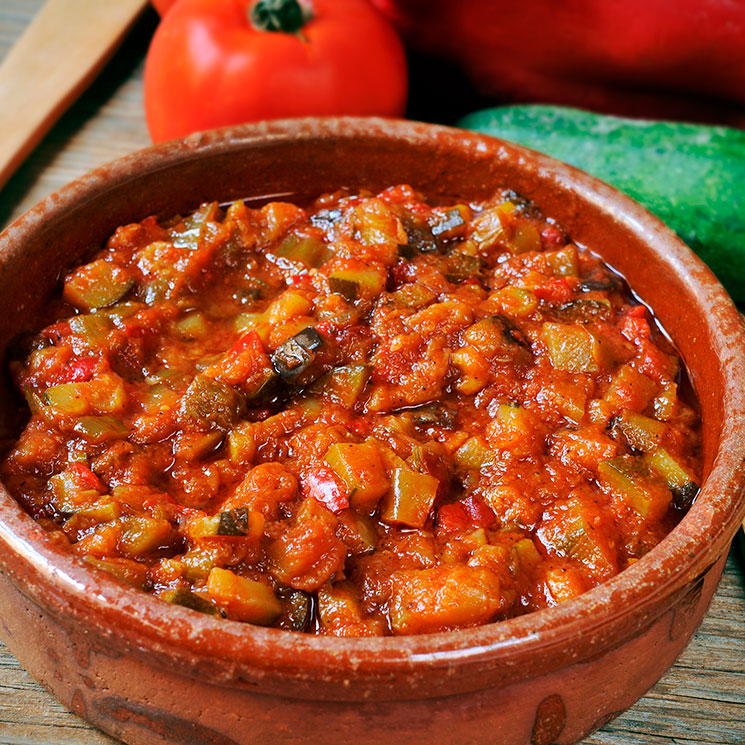 At this time of year, the only thing I feel like eating is hearty simple homemade food. Apart from the region of Valencia, one other Spanish region that has had an important influence on me is La Mancha. For those who do not know this region, it is located on an arid but fertile, elevated plateau south of Madrid, spanning the elevated plateau of central Spain from the mountains of Toledo to the western spurs of the hills of Cuenca, and bordered to the South by the Sierra Morena and to the North by the Alcarria region. La Mancha includes portions of the modern provinces of Cuenca, Toledo, and Albacete, and most of the Ciudad Real province.
At this time of year, the only thing I feel like eating is hearty simple homemade food. Apart from the region of Valencia, one other Spanish region that has had an important influence on me is La Mancha. For those who do not know this region, it is located on an arid but fertile, elevated plateau south of Madrid, spanning the elevated plateau of central Spain from the mountains of Toledo to the western spurs of the hills of Cuenca, and bordered to the South by the Sierra Morena and to the North by the Alcarria region. La Mancha includes portions of the modern provinces of Cuenca, Toledo, and Albacete, and most of the Ciudad Real province.
The name "La Mancha" is probably derived from the Arab word اal-mansha, meaning "the dry land" or "wilderness". The name of the city of Almansa in Albacete also has the same origin. The word Mancha in Spanish literally means spot, stain, or patch, but no apparent link exists between this word and the name of the region.
One regional dish I would like to share with you is Pisto Manchego. Similar to the French ratatouille, Pisto Manchego is a mixture of slowly fried regional vegetables. It is ever so easy to make and conserves well in the fridge so there is no problem making a little extra for the cold days ahead. It is great as a main dish served with a couple of fried eggs or as an accompaniment to poultry, meat, sausages or even rice. I like to serve it with fried eggs and with toasted “glass bread” topped with olive oil, basil leaves and mature manchego cheese, just divine. “Glass bread” (Pan de cristal) is a relatively recent creation as far as I know and is spreading across Spain as a premium bread, but it is available in some supermarkets too, I buy it regularly from Consum and Mercadona. With its extremely fine crust and almost zero dough density, its appearance and texture is a revelation. What makes this bread different is that it is translucent, almost transparent. The air bubbles in its dough are enormous and they give it a unique lightness and crispiness. Its taste is very gentle and neutral, and it will bring out the flavours in any good olive oil. A deluxe accompaniment for this very rustic and traditional dish…
So this is what you’ll need to make enough for 4 :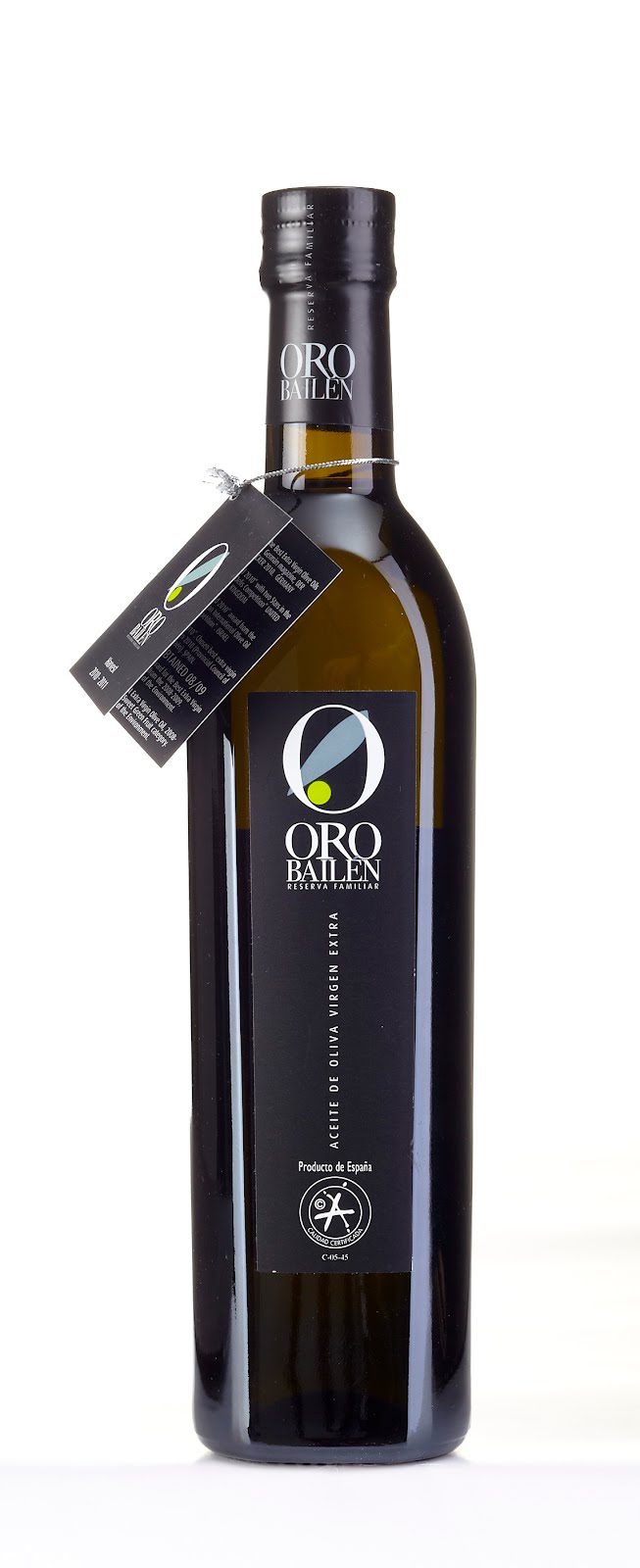
2 Medium courgettes.
3 Green peppers.
1 Red pepper
1 Medium aubergine
1 Large onion.
1 Kg ripe plum tomatoes
2 cloves of garlic, finely chopped
2 teaspoons of Paprika de la Vera
Sal.
Brown sugar.
Extra virgin olive oil - #Suggestion# - Oro de Bailén Reserva Familiar or Casa Juncal from Mercadona (considerably cheaper but still good)
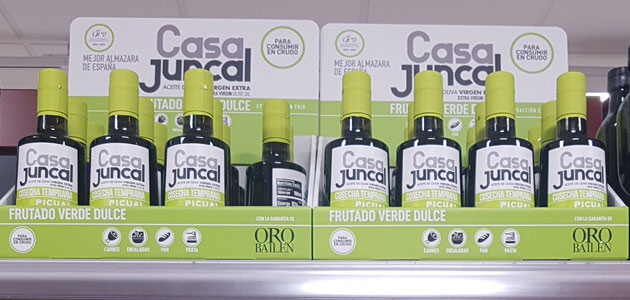
Preparation:
The first step is to cut up the peppers, courgettes and aubergine into small pieces, diced is fine.
We start frying the diced peppers in a frying pan with a little oil. Once fried, we put them in a pot and put them to one side.
It is very important to drain all excess oil well after frying; the pisto should not be full of oil and greasy.
Do the same with the courgette and aubergine and add them to the peppers in the pot.
Next chop up the onion and fry it also separately. When the onion is almost cooked make an opening in the centre and add the garlic, cook for a minute or so and then add the paprika, stir the paprika into the oil quickly for about 30 seconds and then mix in with the onion and garlic. Remove from the heat, drain it and add to the pot with the other vegetables.
Now you need to add the tomatoes to the pan. So first you will need to scald them in boiling water to remove their skin and then chop them up finely, also removing the part of the stem so there are no tough bits left in. Add the tomato with a little olive oil, 1-teaspoon salt, and 1 teaspoon of sugar to remove the acid and fry for about 40 minutes over medium-low heat. If your tomatoes are not particularly good in flavour, and nowadays that’s quite common, you may want to add a tablespoon of tomato concentrate or half a brick of “tomate frito”, whichever you can get your hands on. Hopefully, you have great tomatoes in your area and you won’t need it. Now add in all the vegetables and simmer for another 15-20 minutes or so until all the water from the tomato has reduced and you have a thick consistency. That’s it.
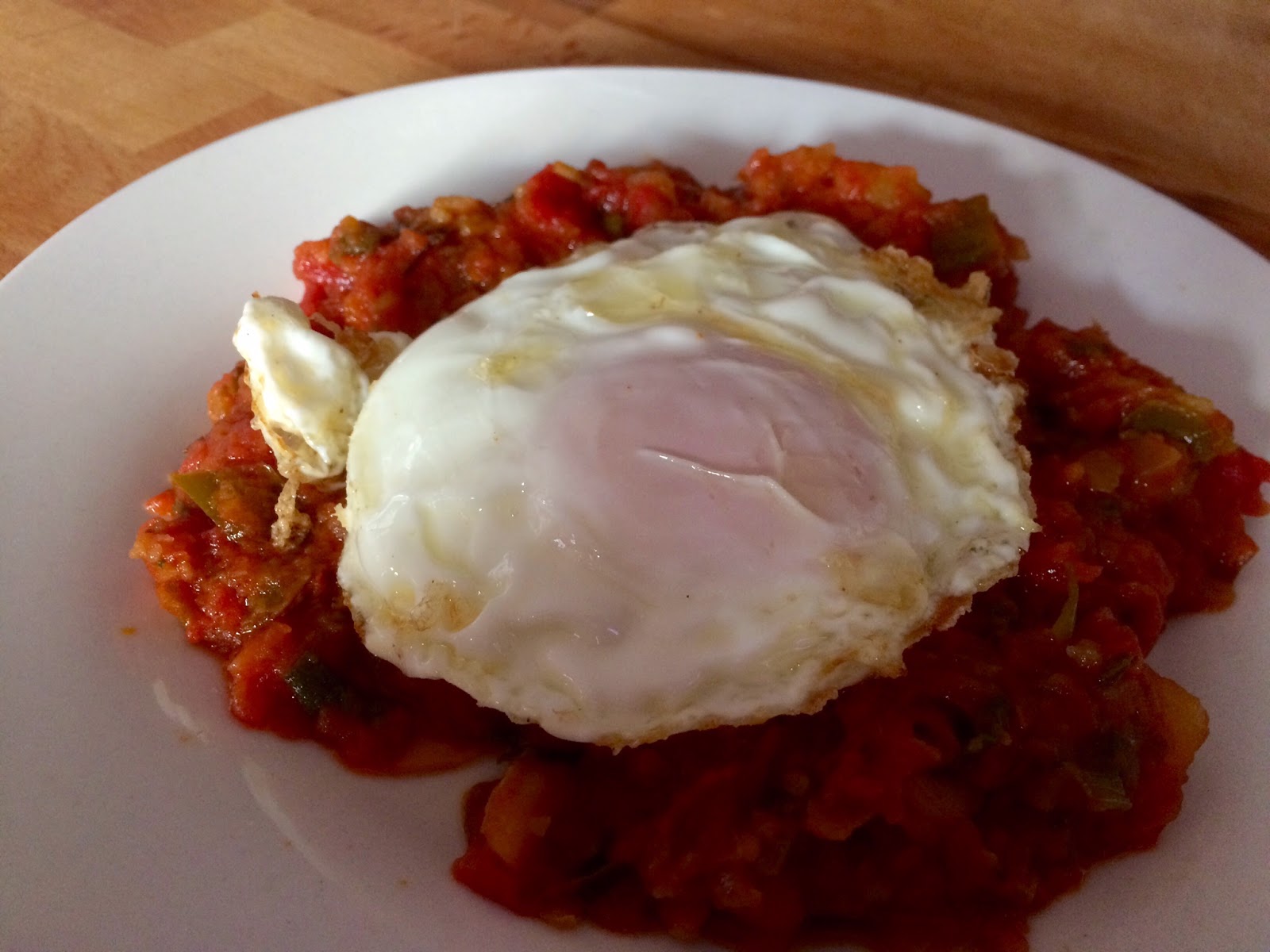
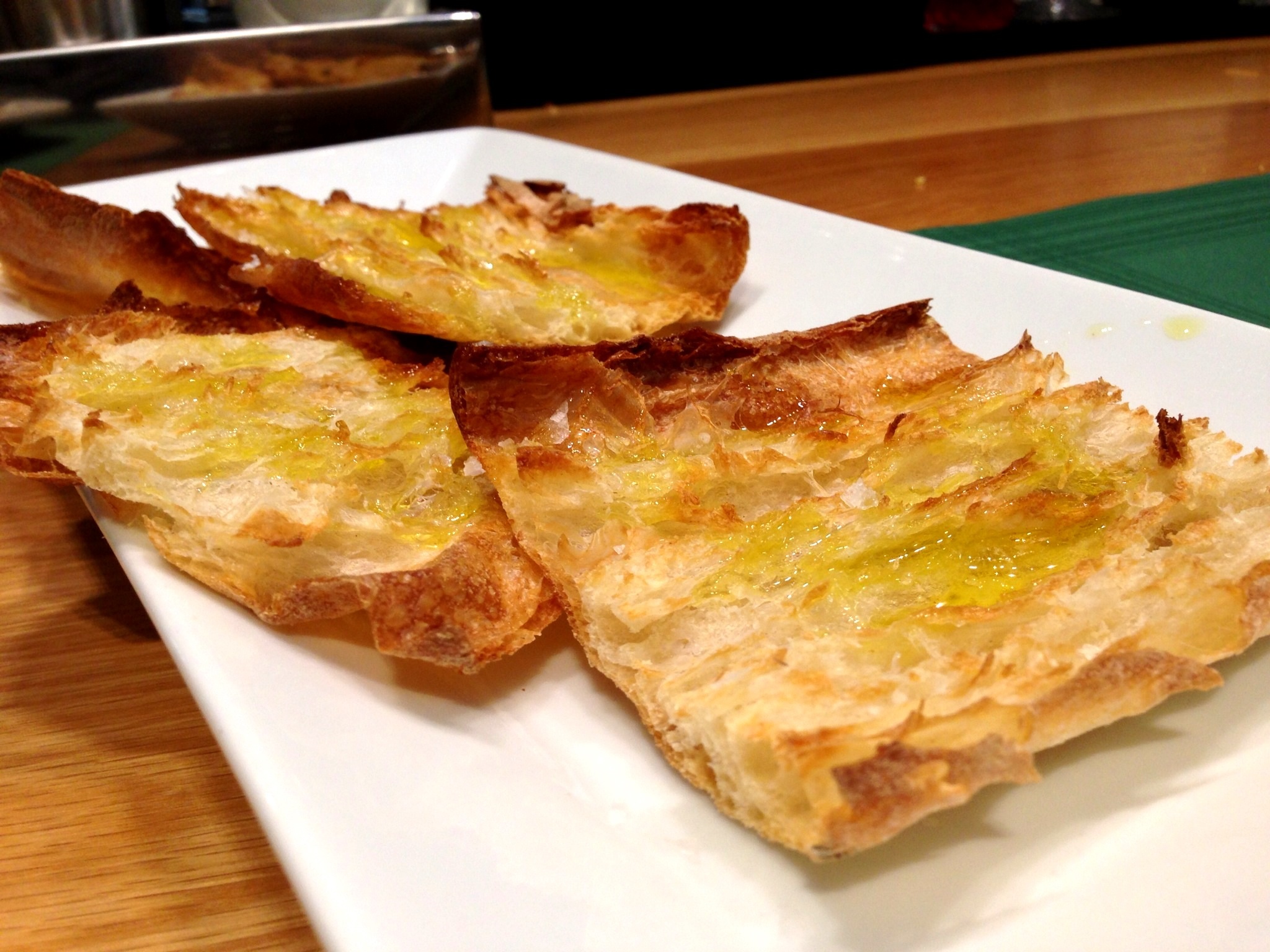

Serve hot with a couple of fried eggs, fried in abundant extra virgin olive oil to crisp up the edges and a plate of toasted "Pan de cristal" (glass bread) drizzled with olive oil, a couple of fresh basil leaves and a thin slice of cured manchego cheese. To finish it off, a glass of Tempranillo red wine from Valdepeñas and you have a meal fit for a king!
Enjoy!